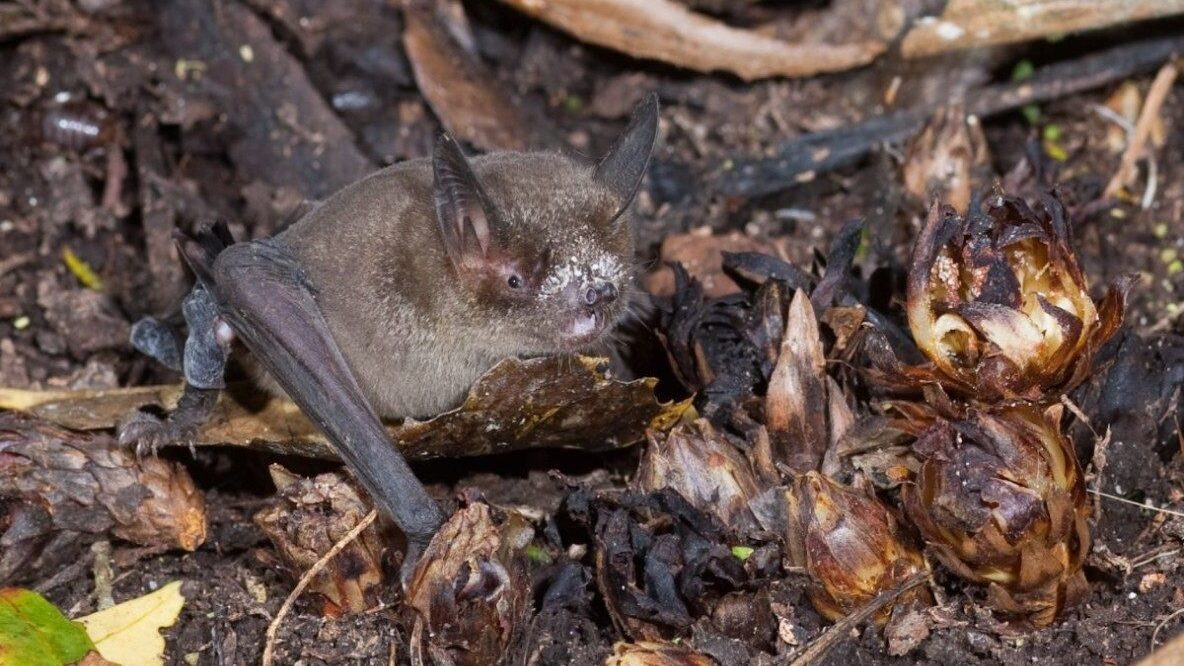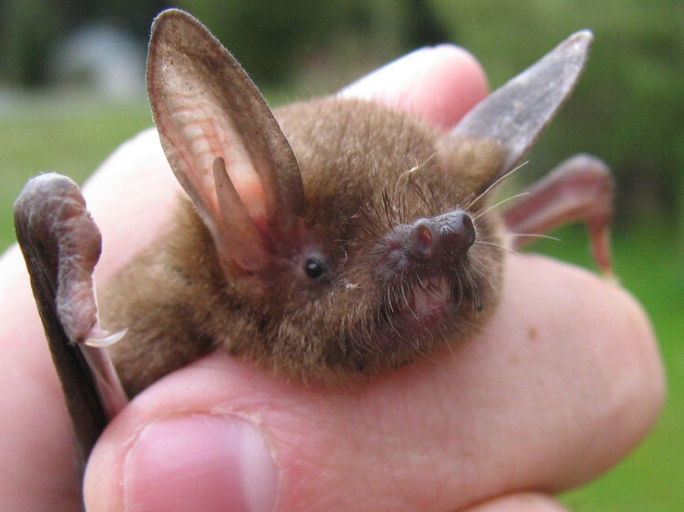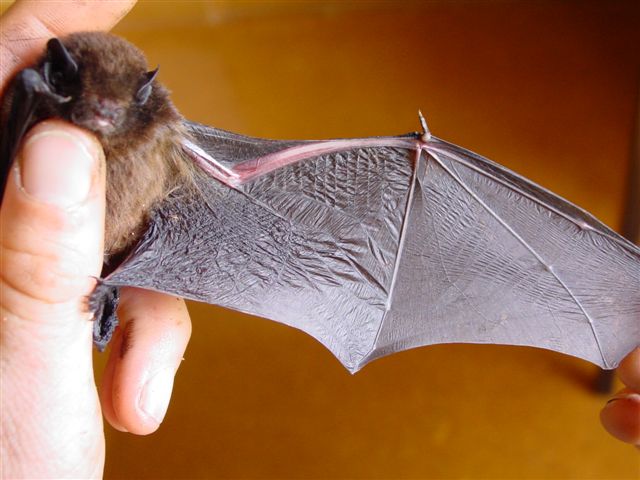New Zealand’s entire black robin population once consisted of a mere 5 birds and all black robins surviving today are descended from one breeding pair from the 1970s – the legendary ‘Old Blue’ and her mate ‘Old Yellow’ who literally saved their species.

They had some help from the equally legendary Don Merton along with his team at DOC and some very obliging tomtit foster parents and there are now over 280 black robins surviving on predator-free islands. But the danger to black robins and other native species with critically low population numbers doesn’t end with the removal of predators and resumption of successful breeding. Population numbers for that species may recover, but hugely valuable genetic diversity has been irrevocably lost.
Inbreeding and a loss of genetic diversity are issues which threaten many of our native species – and will continue to endanger more species if their population numbers are allowed to decrease and individuals become isolated into small, inbreeding population pockets. Our surviving kakapo, for example, are also descended from just a few individuals. Thus the damage done by predators can continue for many generations after those predators are removed.

New Zealand’s long-tailed bat (Chalinolobus tuberculatus) is one species that has become isolated into small surviving population pockets, surrounded by predator-infested habitats and potentially isolated from interbreeding with other long-tailed bat populations. Fiordland is one of the last strongholds for our long-tailed bats.
Colin O’Donnell (DOC Principal Science Advisor, Ecosystems and Species) et al looked at the genetic structure of long-tailed bat populations in two Fiordland valleys, measuring gene flow and structure in the populations. As part of their research they also looked at mitochondrial DNA in order to analyse the population structure at the maternal level. Mitochondrial DNA is inherited only from the female parent.
In spite of recent habitat fragmentation and 150 years of introduced mammal predation, the researchers found that the nine colonies of long-tailed bats in these Fiordland valleys “have retained high genetic diversity, with moderate signs of genetic bottlenecks. Furthermore… all colonies are still connected by gene flow and do not show signs of inbreeding. Substantial gene flow among colonies was also demonstrated…”
Mitochondrial DNA analysis showed “substantial differentiation between colonies” – the result, according to the researchers, of “strong natal philopatry in females” – that is, female bats return to their own birthplace to breed. “Overall, our results indicate that genetic diversity is maintained in the Fiordland population of C. tuberculatus despite regular population crashes and habitat fragmentation”.
It’s good news for our endangered long-tailed bats – for now at least. But it depends on ongoing habitat linkages allowing the surviving populations to interbreed. The researchers conclude that “management should ensure that remaining habitat linkages are preserved and further predator-induced population bottlenecks are prevented so that current genetic diversity is maintained in the long-term”.
This article has just been published in Conservation Genetics. The abstract is freely available and the full article is available for purchase. Genetic diversity is maintained in the endangered New Zealand long-tailed bat (Chalinolobus tuberculatus) despite a closed social structure and regular population crashes (2016)

While long-tailed bats maintain a stronghold in Fiordland, they are also present at other locations throughout New Zealand – including some surprisingly urban locations. University of Auckland and University of Waikato researchers recently carried out two ultrasound surveys in Hamilton in order to determine the presence and activities of long-tailed bats in that city.
Monthly surveys were carried out over a 13 month period at 18 ‘green spaces’ around Hamilton, locating C. tuberculatus in only one urban forest reserve, Hammond Bush. The bats were present at Hammond Bush consistently throughout the year, with their activity found to be strongly dependent on temperature.
The second survey method employed to study the bat population involved twice-yearly citywide surveys conducted over two years. This determined the distribution and habitat associations of C. tuberculatus. “Bats were found only in the southern part of the city and were strongly associated with the Waikato River.”
The researchers further found that housing and street light density had a negative correlation with bat activity, while “topographical complexity” – the presence of gullies – had a positive effect. They postulate that gullies are beneficial to the bats in providing places to roost and forage and also connect the river Waikato River to distant forest patches. The authors conclude, “These results suggest that urban habitats can be useful for bats if gullies can link these to distant habitat fragments.”
This research is published in the New Zealand Journal of Zoology and is freely available online.

